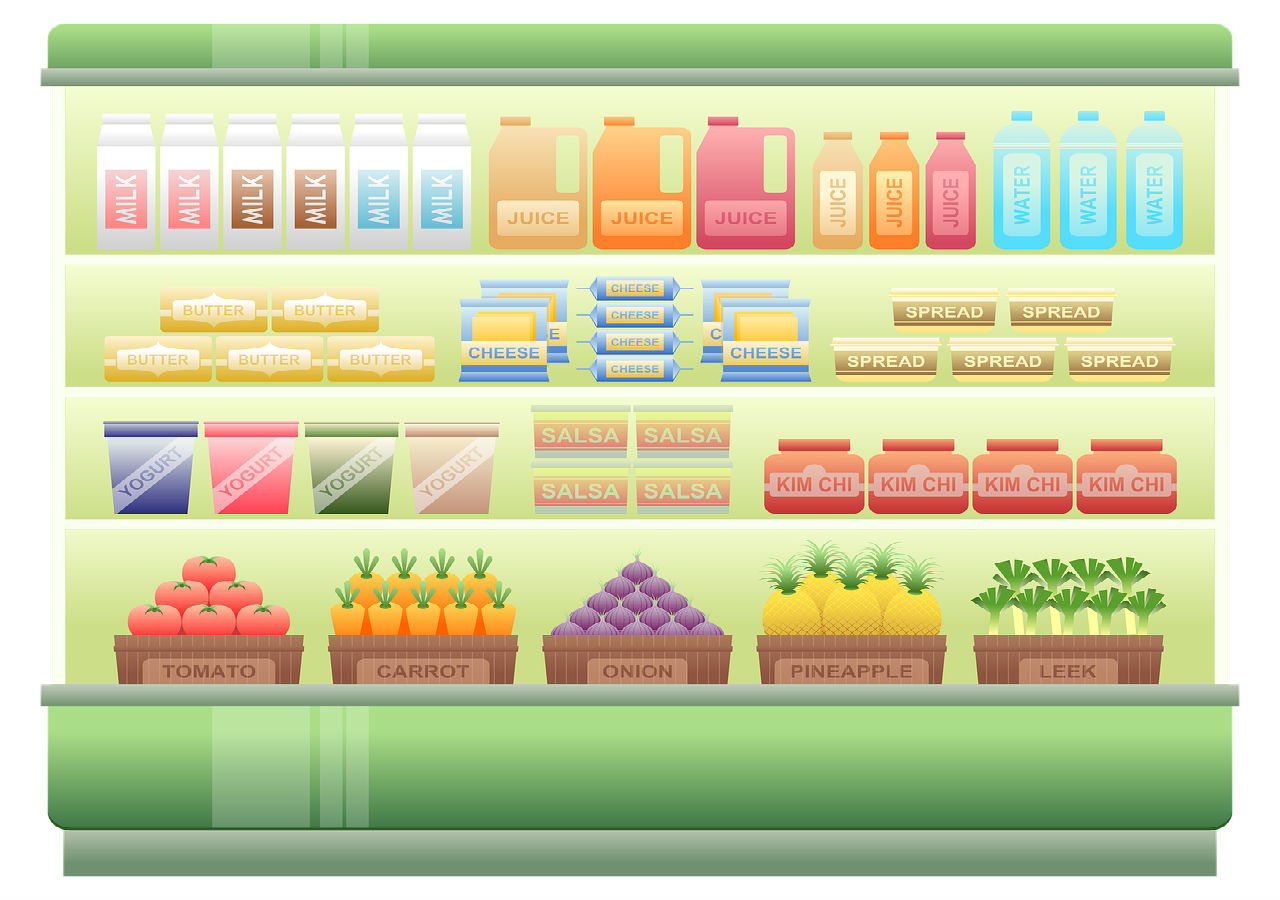Food Packaging Regulation in Europe- quick info various directives and regulations
Source and Credit: Food Packaging Forum
In Europe national legislation and community level legislation continue to coexist. At the community level various directives and regulations exist (EU legislative list). While regulations are directly effective in member states, directives need to be transposed by national parliaments in order to become effective. At the Union level, food contact materials are generally regulated under the EU Framework Regulation EC 1935/2004. The Framework Regulation covers all food contact materials including packaging, machinery and kitchen ware. According to Art.3 of the Framework regulation no food contact materials shall “transfer constituents into food at levels that endanger human health” (Art. 3 EC 1935/2004) and is supported by Regulation 2023/2006 on Good Manufacturing Practice (EC 2023/2006). The Framework Regulation further allows for specific requirements on the seventeen individual food contact materials. Six such specific requirements have been adopted (see table 1).
The specific regulation on plastic materials and articles intended to come into contact with foodstuffs (EC 10/2011) contains a positive list of monomers and additives that can be used in plastic food contact materials. The regulation addresses mono and multilayer plastic articles, as well as coatings on plastic and gaskets of glass jar closures.
Regulation EC 1895/2005 regulates the epoxy resin derivatives BADGE, BFDGE and NOGE in coated materials, plastics and adhesives. As in all EU regulation, safety is estimated through the risk of migration, overall using a worst case scenario in which each citizen is expected to consume one kilogram of food per day. In Regulation EC 1895/2005, BADGE and its hydrolysis product’s migration is limited to 9mg/kg of food and that of BADGE chlorohydrins to 1 mg/kg of food. BFDGE and NOGE have been completely banned from food contact materials.
Two approaches regulate the use of recycled plastic in food contact materials. Plastic depolymerized into monomers or oligomers have to meet the same requirements as virgin materials under EC 10/2011. When plastic is mechanically recycled and transformed into pellets the regulation foresees an individual authorization for the recycling process to be carried out by the European Food and Safety Authority (EFSA) (EC 282/2008)[1].
Regenerated cellulose film is regulated under regulation Directive 2007/42/EC, which contains a positive list of substances that can be used for its manufacturing. Further, printed surfaces may not come into contact with food stuffs. Cellulose films intended to come into contact with food have to be accompanied by a written declaration at marketing stages other than the retail.
Active and intelligent packaging is also generally regulated under the framework regulation EC 1935/2004. In accordance with the framework regulation, it may only release substances into the food that are regulated as food additives or food flavorings. Further, Regulation EC 450/2009 sets additional safety requirements for active and intelligent packaging. As such, a product marketed by companies using active and intelligent packaging has to be accompanied by a declaration of compliance including consumer information at the retail stage [1].
Ceramics have not been individually regulated but in Directive 84/500/EC migration limits have been set for cadmium and lead, heavy metals known to migrate commonly at low levels. This regulation is currently under revision by the EU commission.
Under European community law, not for all packaging materials specific regulation has been adopted. There is for example no specific regulation for printing inks, waxes, paper and board and resins other than those covered under regulation EC 1895/2005 (for entire list see EC 1935/2004) [1]. A report issued by EFSA contains an inventory of substances commonly used in non-plastic food packaging. This report forms a basis for future legislation (see Annex 1, EFSA report on non-plastics food contact materials), and more specific requirements on are to be expected in the next years.
Regarding printing inks, such efforts have already been completed in Switzerland, which is not a member state of the EU. In Switzerland, a positive list for printing inks containing 5104 substances has been in force since March 2010 (last updated May 2011). However, not all of the compounds on this list have been assessed for their safety.
Finally, it has to be considered that while certain food contact materials, resins, coatings and adhesives are only partially covered by EU regulation, some may be specifically covered in the national legislation of member states. Efforts of harmonization will continue to take place and replace remaining national legislation with community level regulation.
Table 1. EU Legislative Overview
General Regulations on FCM | |
Regulation EC 1935/2004 (on materials and articles intended to come into contact with food) | |
Regulation EC 2023/2006 (on Good Manufacturing Practices) | |
Specific Materials | |
Ceramics | |
Epoxy Resins | |
Regenerated Cellulose Film | |
Recycled Plastics Material | |
Active and Intelligent Packaging | |
Plastics | |
Specific Regulation | |
Regulation EU 321/2011 (restricting the use of bisphenol A in polycarbonate infant feeding bottles) | |
Regulation EU 284/2011 (import procedures for polyamide and melamine plastic kitchenware from China and Hong Kong) | |
Regulation EC 1895/2005 (restricting the use of certain epoxy resins) | |
Directive 93/11/EEC (regulating the release of N-nitrosamines and N-nitrosatable substances from rubber teats and soothers) | |
References
1. Schaefer, A., EU legislation, in Global legislation for Food Packaging Materials, R.V. Rinus Rijk, Editor. 2010, Wiley-VCH: Weinheim. p. 1-25
2. Baughan, J.S. and D. Attwood, Food Packaging Law in the United States, in Global Legislation for Food Packaging Materials, R.V. Rinus Rijk, Editor. 2010, Wiley-VCH: Weinheim. p. 223-239

